
Staycations were great news for oceans, but that fad has faded. People are hitting the beach in increasing numbers, and gargantuan cruise ships increase the burden. Add all that to the fact that according to the United Nations, 60 percent of the world’s population lives within 37 miles of a coastline. That is more people than those who lived on the entire planet in 1960.
Eighty percent of all tourism is in coastal areas. Beaches and coral reefs are among the most sought-after places. The problem is not simply people enjoying the most beautiful parts of our planet; it is the buildings and other infrastructure they require to live, vacation, and have adventures. It is the waste they create, the things they take, and all the stuff they leave behind. That one plastic bottle someone was too lazy to toss in a recycle bin takes about 420 years to degrade in the ocean.
Venice is sinking and not just naturally. Venice Port Authority is expecting cruise ships to disgorge 1.4 million passengers to day trip it through Venice in 2017 — and this is a ten percent decrease over 2016. The behemoth floating hotels raise water levels already dangerously high and damage fragile lagoon ecosystems. The local and global hand-wringing over Venice’s death-by-tourism has not been able to compete with the glitter of tourist gold raining down on the dying city. Venice is easy to reach by train. Yet how many people who passionately want to save Venice take the train instead of a comfy cruise?
Venice is just one sorry example of the negative environmental impact of tourism in coastal areas and of our disregard for history and treasures along our shores. Bali’s tropical island beauty began to be destroyed in the 1970s when its focus on cultural tourism changed to mass tourism. Every year more than 2 million visitors invade this small island. This earthly paradise with its white, sandy beaches are being eaten alive by huge hotels and luxury houses. Every day in Bali, 43,000 cubic feet of rubbish is dumped, and only half is recycled.
The Mediterranean Sea is described as a war zone: under siege. It is the world’s leading tourist destination, and mass tourism is the main cause of ecological loss. With 100 million tourists clogging its beaches every year, tourism infrastructure developments such as huge hotels have dramatically altered coastal ecosystems. Half of its coastline is now urbanized; infrastructure is the main cause of habitat loss. Some areas are deemed “beyond repair.” To add to the disaster, two-thirds of the tourism income goes to fewer than ten tour operators in other countries. The locals are obviously not benefiting economically while they are becoming less able to enjoy the natural beauty of their coastlines.
Ecotourism can help. The World Wildlife Fund defines this as Responsible travel to natural areas that conserves the environment, sustains the well-being of the local people, and involves interpretation and education. It should result in financial benefits for conservation and local people and should be focused on conserving natural resources. The Center for Responsible Travel reports that ecotourism accounts for $77 billion of the global market and is experiencing double-digit gains. People, indeed, are becoming savvier about taking their desire to save our oceans and other natural wonders beyond recycling plastic. Ecotourism is becoming the next new thing in tourism, and some cruise lines are proclaiming to be more “green” than their competitors.
How can you help? Just by reading this, you are helping. Every fact you learn about the negative environmental impact of tourism in coastal areas becomes a fact you can use when planning a vacation, a fact you can relate to over coffee; trends like staycations come and go, but saving our planet is not trendy; it is a necessity.














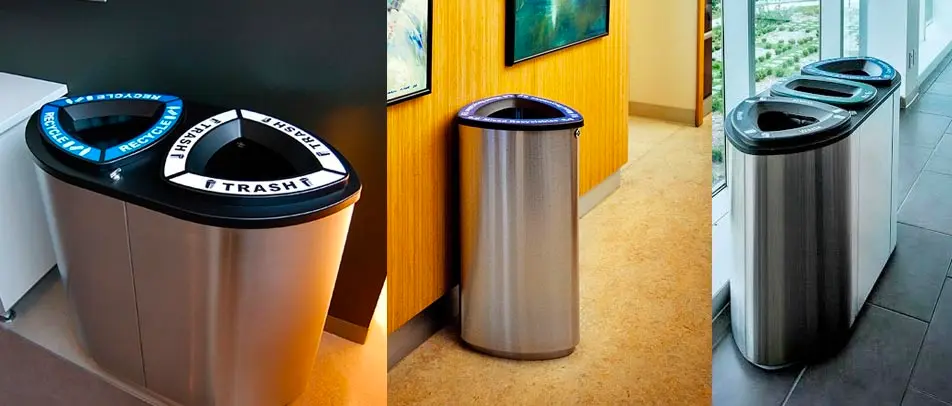



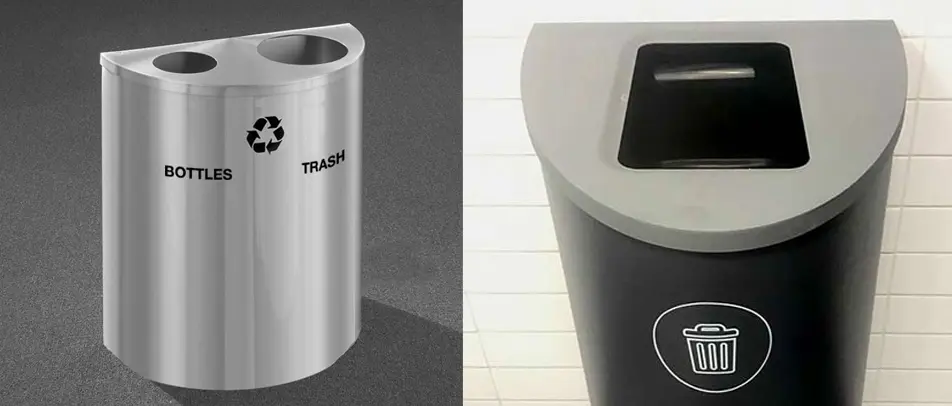



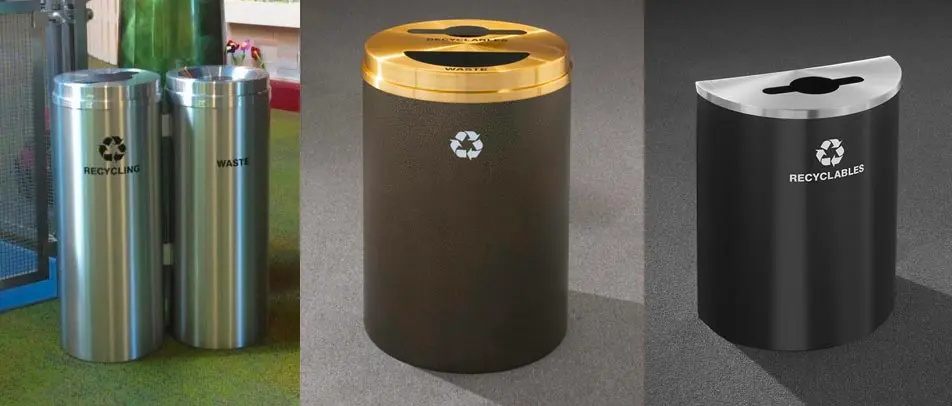


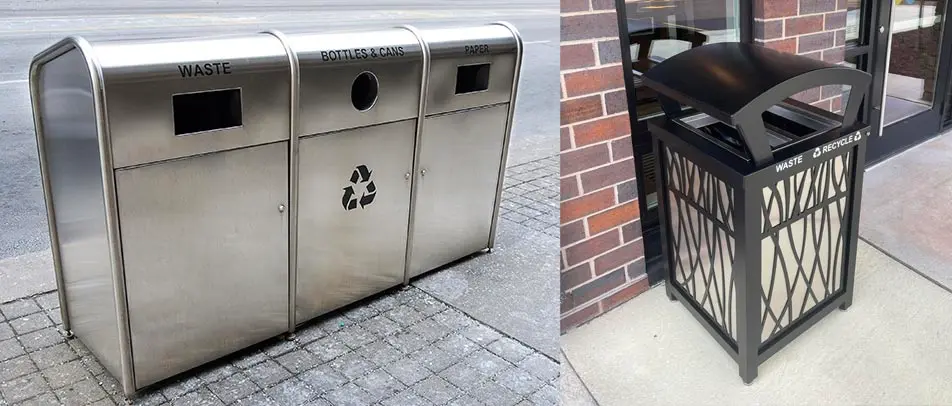







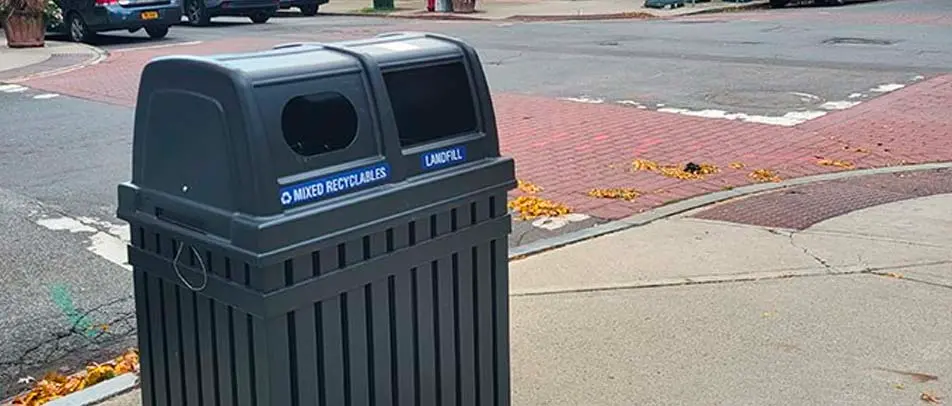

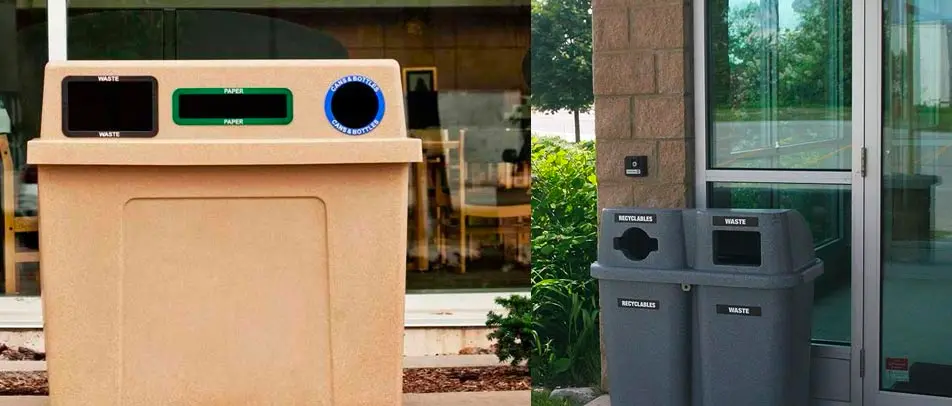
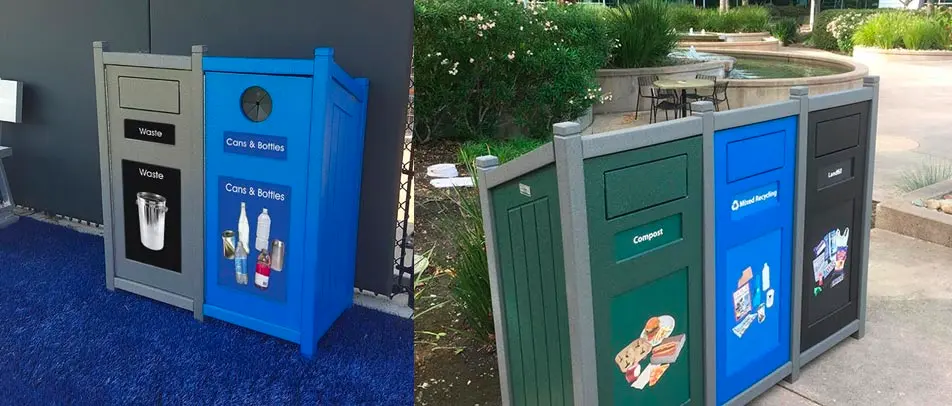
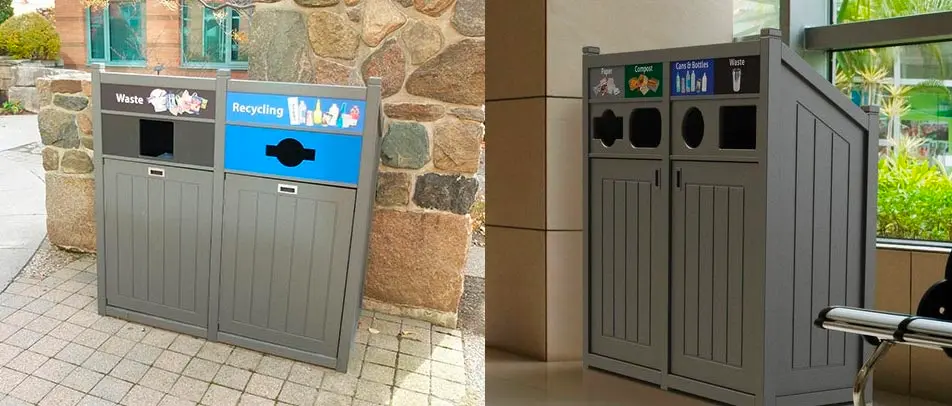



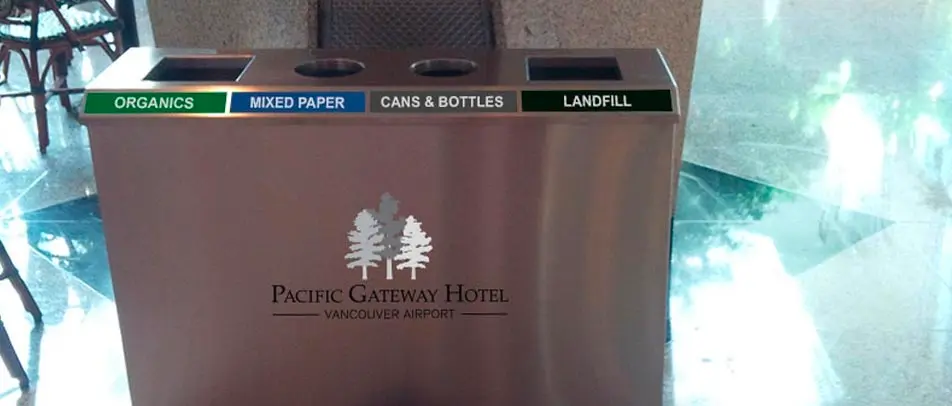



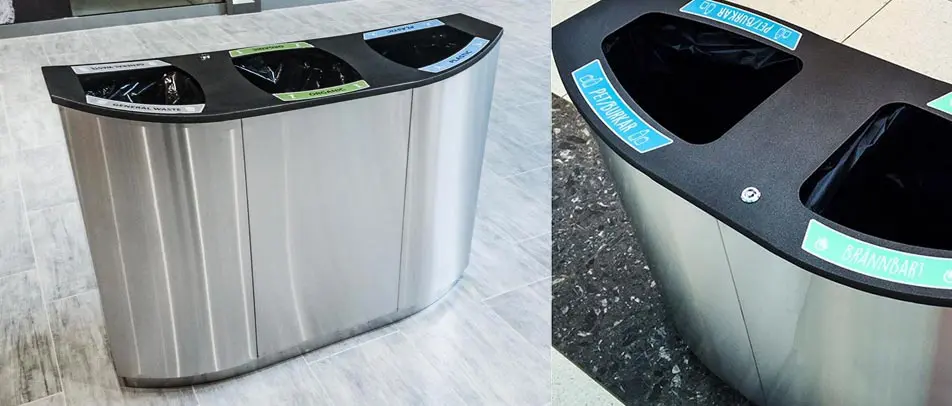

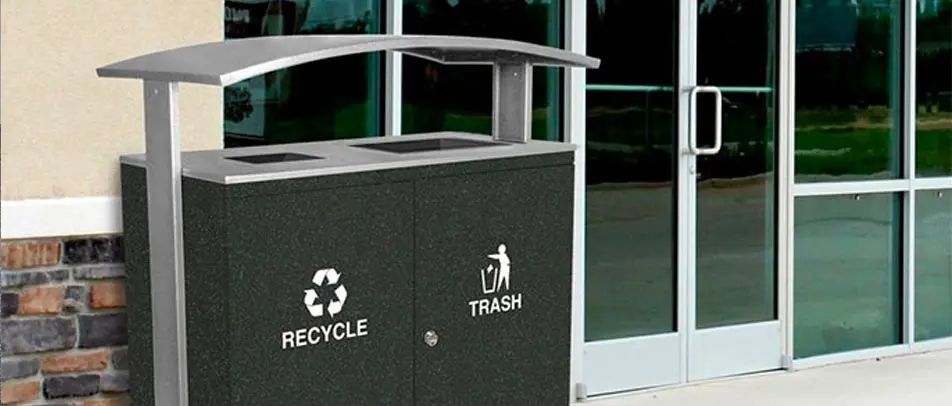

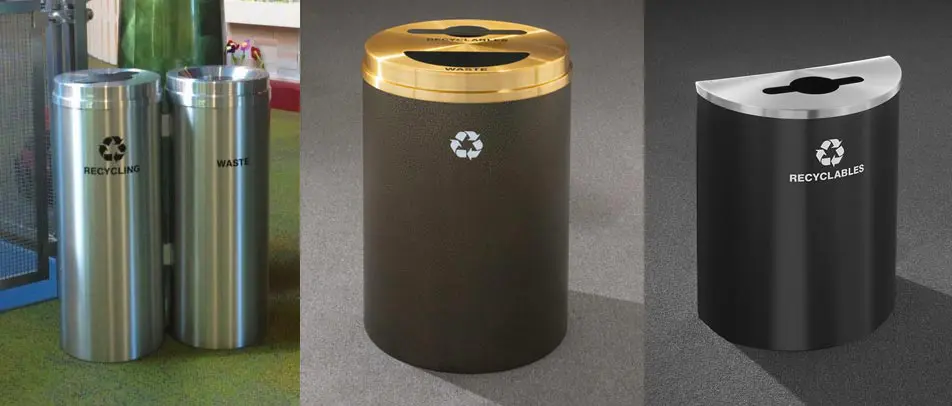

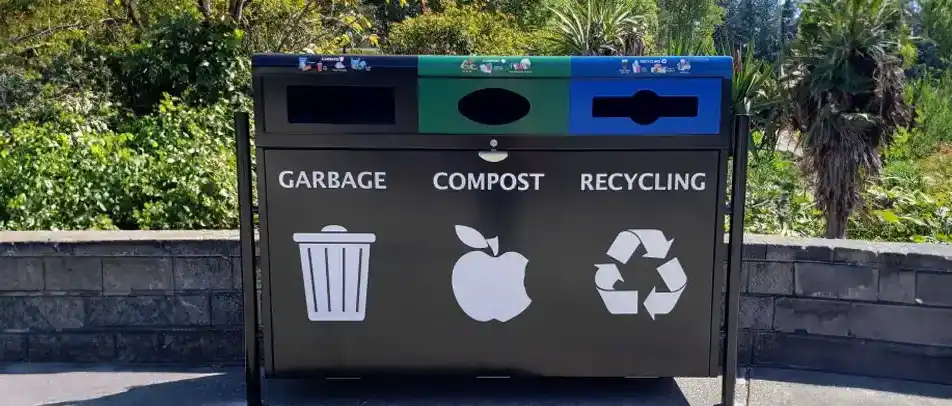
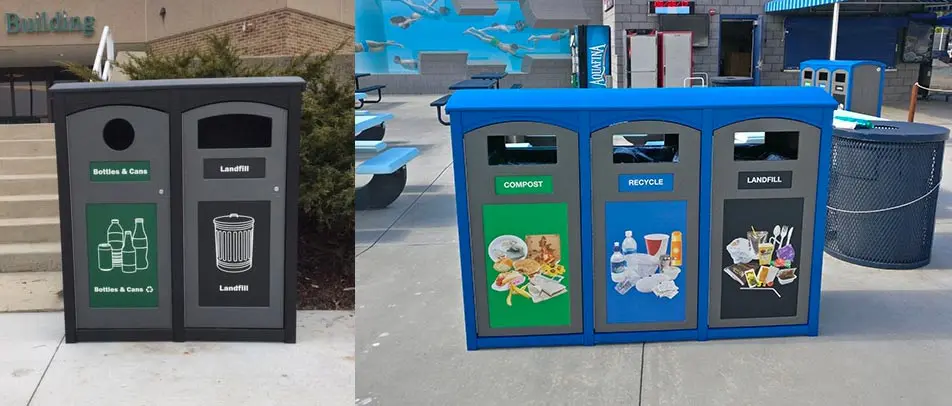
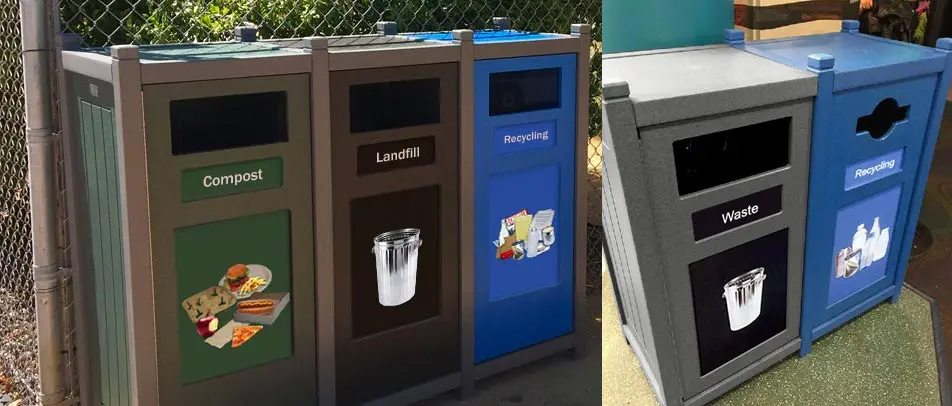


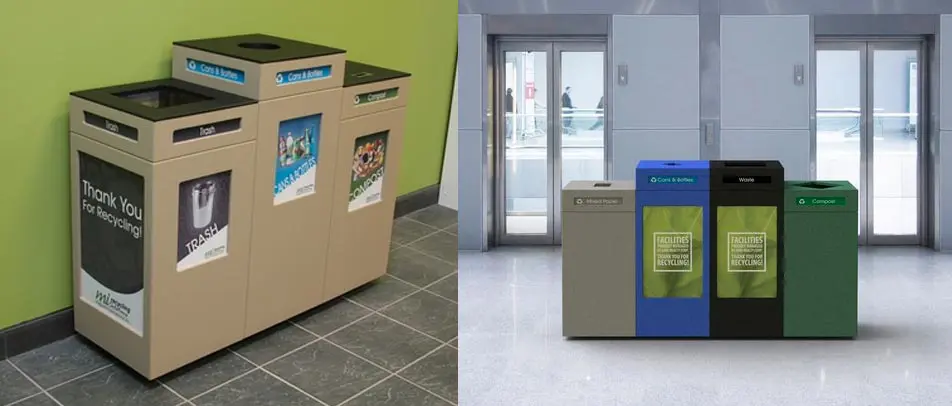
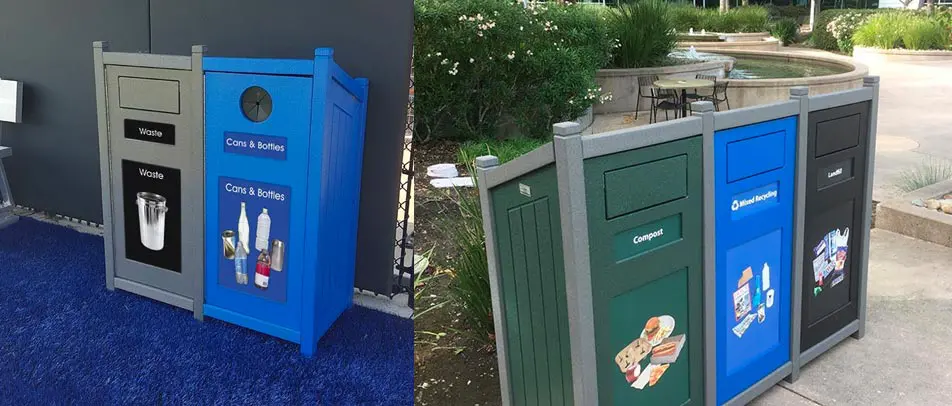



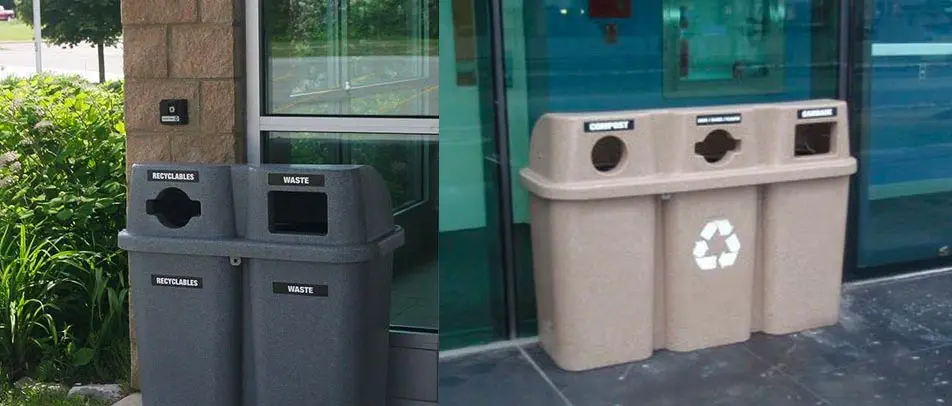
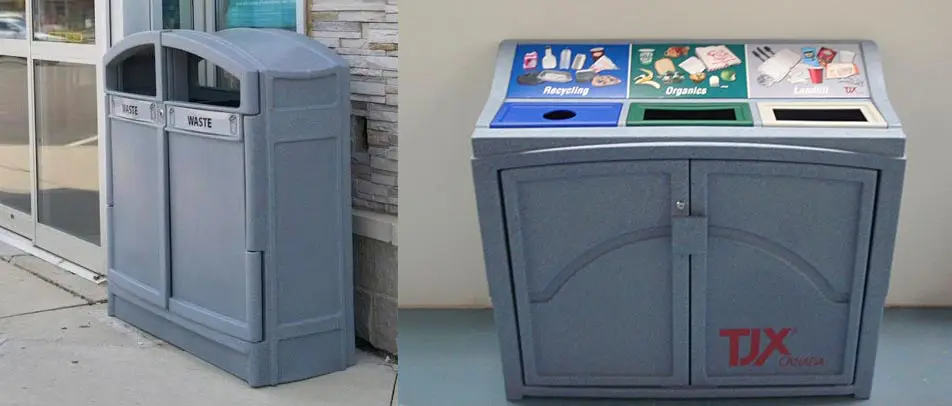
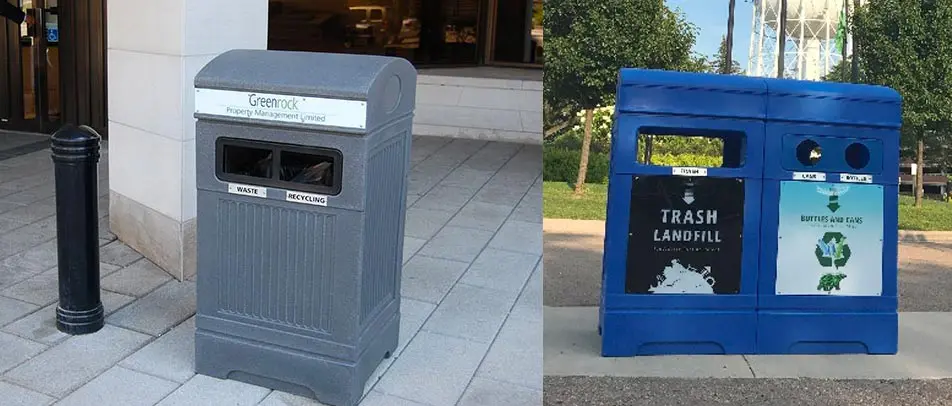

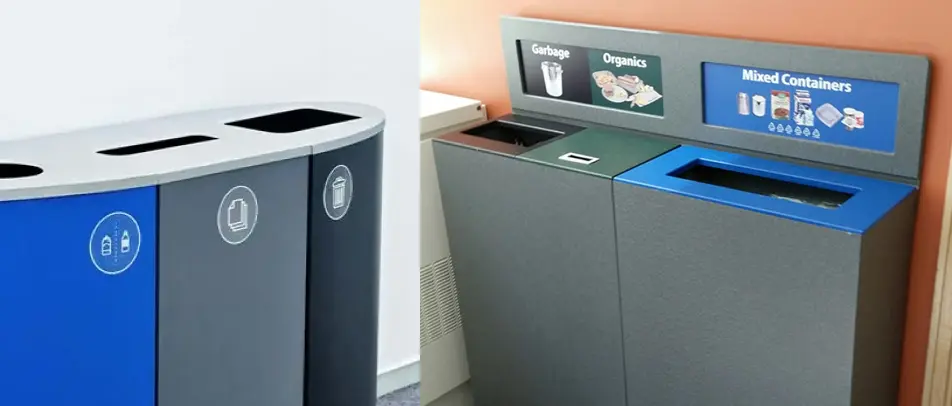

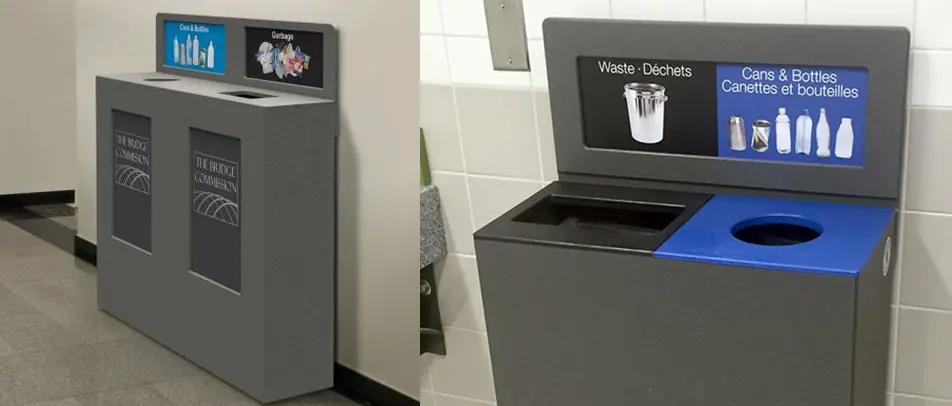
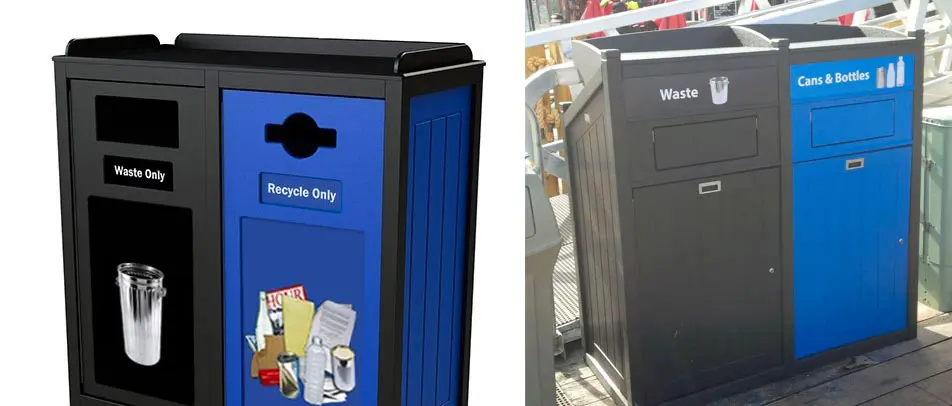










































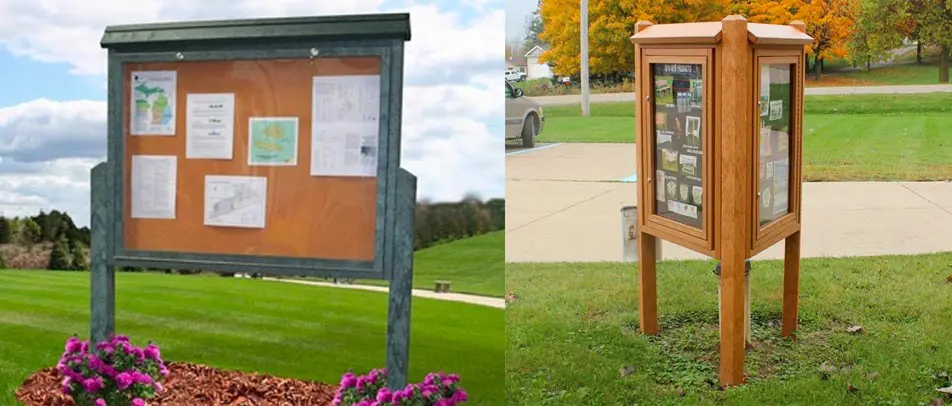
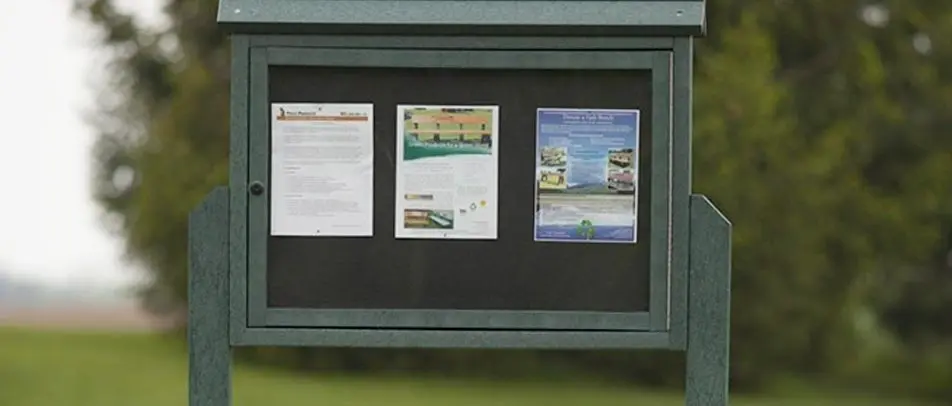
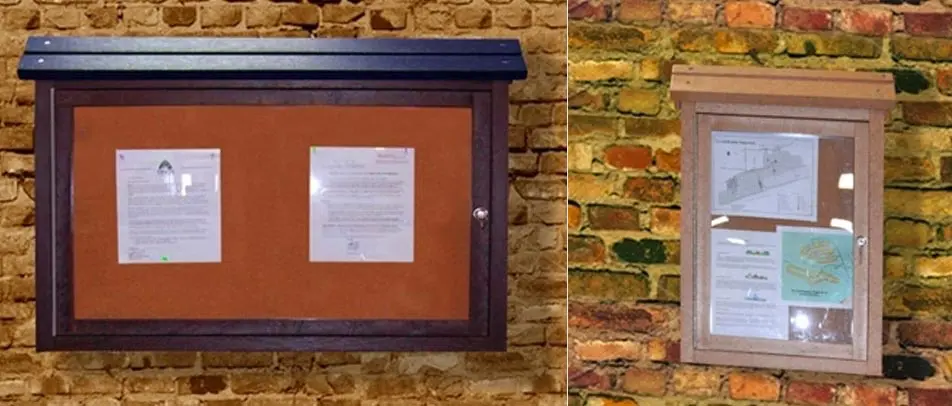


















 Three Ways to Engage Teams and Clients to Maximize Your Recycling Program Engagement
Three Ways to Engage Teams and Clients to Maximize Your Recycling Program Engagement  How to Integrate Accessibility Into Your Sustainability Planning
How to Integrate Accessibility Into Your Sustainability Planning  Why Park Benches Can Promote Workplace Well-Being
Why Park Benches Can Promote Workplace Well-Being 

Pingback: Why The Travel Industry Needs To Take Action Against Coastal Tourism | The Dope Why The Travel Industry Needs To Take Action Against Coastal Tourism